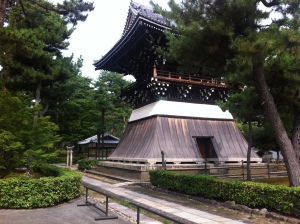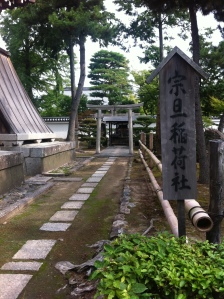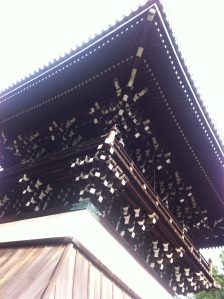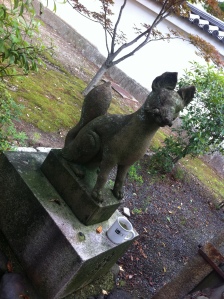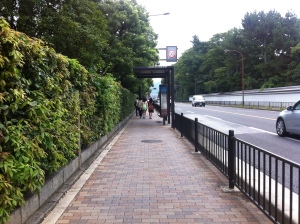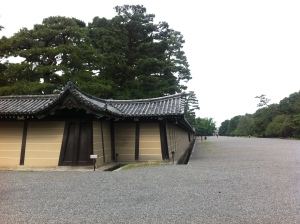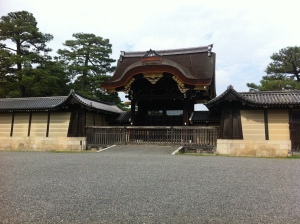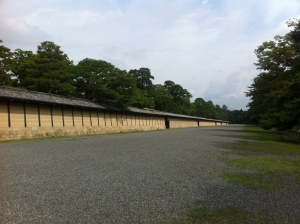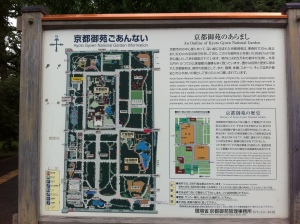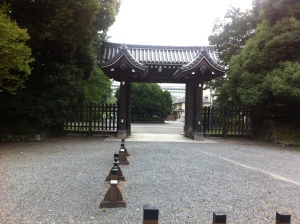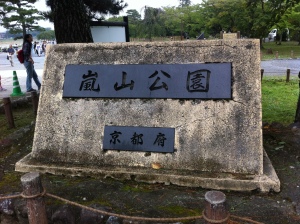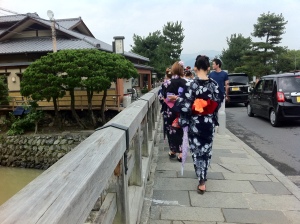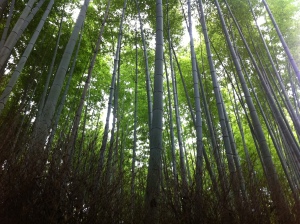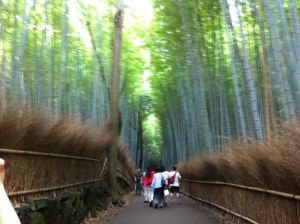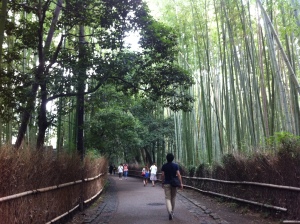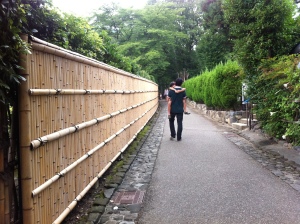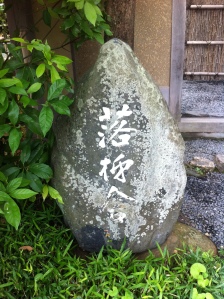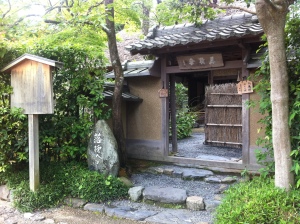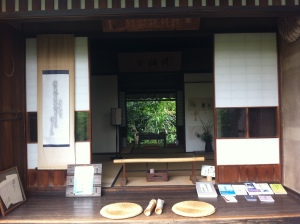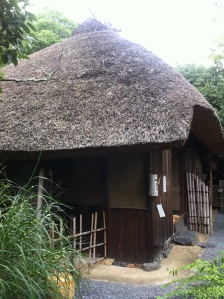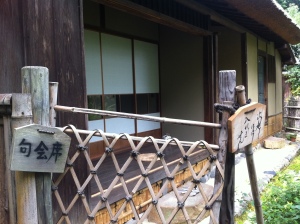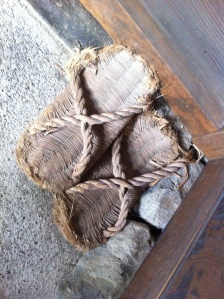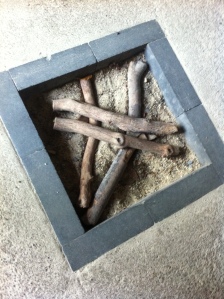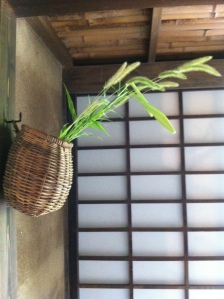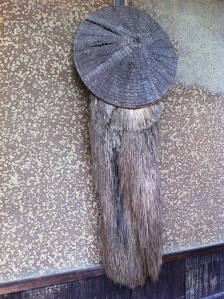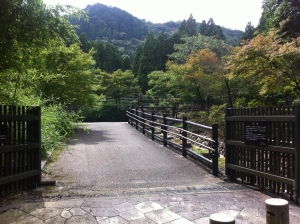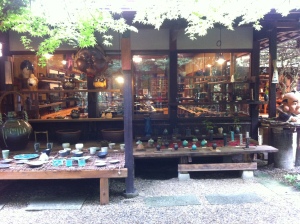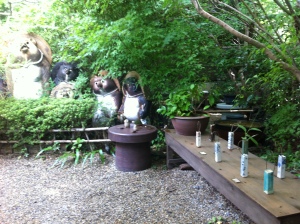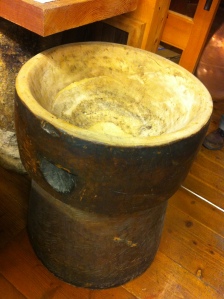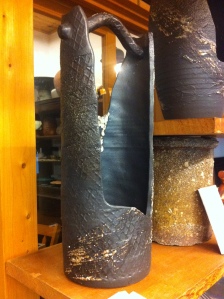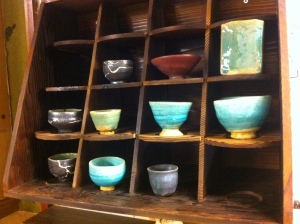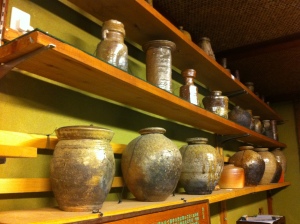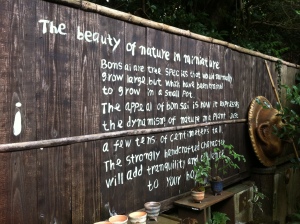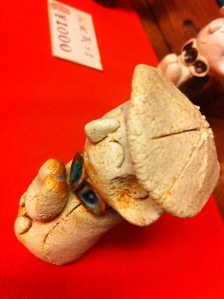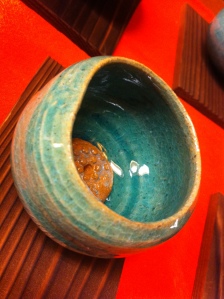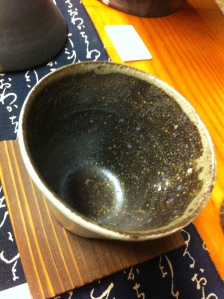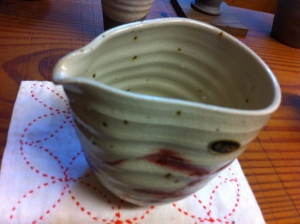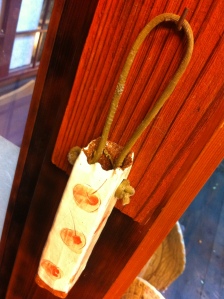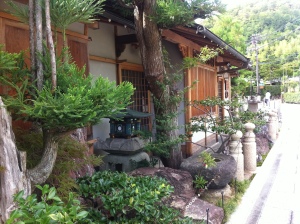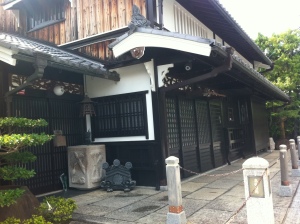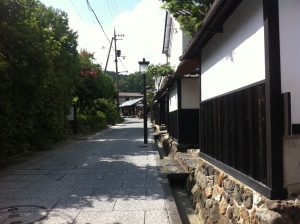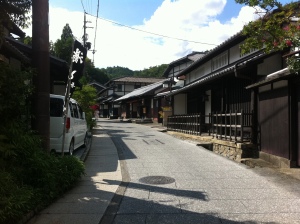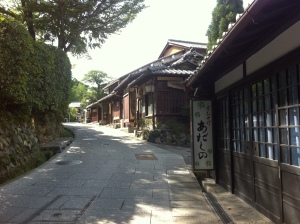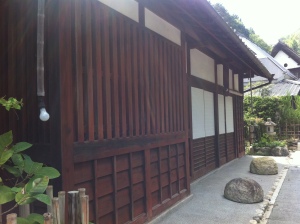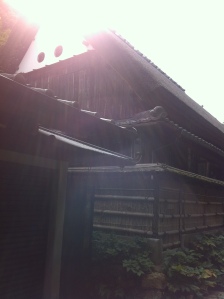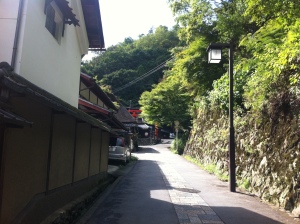Menurut KBBI, candi adalah “bangunan kuno yang dibuat dari batu (sebagai tempat pemujaan, tempat penyimpanan abu-abu jenazah raja-raja, pendeta-pendeta Hindu atau Buddha pada zaman dulu). Karakter candi dibagi berdasarkan warna arsitektur dan tujuan pembuatannya. Candi peninggalan Hindu biasanya dibangun sebagai tempat pemujaan sekaligus penyimpanan abu-abu jenazah raja, sedangkan candi Buddha biasanya hanya digunakan untuk tempat pemujaan saja.
Then? What?
Candi Prambanan, Candi Pawon, dll, mungkin tepat apabila disebut dengan candi. Akan tetapi, kalau dipasangkan dengan Borobudur, entah kenapa, seakan-akan mengecilkan kemegahan Borobudur. Bagi saya menamakan Borobudur sebagai “candi” seakan kurang mempromosikan makna pembangunan Borobudur bagi masyarakat Jawa pada zaman itu. Bagi saya, Borobudur itu lebih dari sekadar candi. Seolah-olah kita kurang paham kebesaran Borobudur.
Saya pribadi baru menyadari kemegahan Borobudur setelah saya jauh merantau. Padahal Borobudur hanya terletak sekitar 40 menit dari kota asal saya (waktu yang saya tempuh untuk sekolah atau part time di tanah rantau setiap harinya bahkan lebih). Baru setelah saya menggali informasi tentang Borobudur demi secumlik halaman di salah satu bab dalam disertasi saya, kemudian merasa tergugah dengan pendapat seorang peneliti Borobudur John Miksic dalam bukunya Borobudur: Golden Tales of the Buddhas, saya kemudian berpikir,
Borobudur itu bukan sekadar candi!!
“To them the name only meant a hill with a large collection of sculpture. They did not even dignify the site by calling it a candi, a word which the Javanese use for ruins of the pre-Islamic era. Perhaps they regarded it merely as a natural mound where their ancestors had erected statues, depicting whom they did not know. Borobudur at this time was but a somewhat ill-omened curiosity.” John N. Miksic, Borobudur Tales of Buddhas.
Menurut Miksic, orang-orang Jawa (pada abad 16an) seolah-olah tidak mengagungkan kemegahan Borobudur dengan menamainya “candi” atau dalam bahasa Jawa hanya berarti reruntuhan situs kuno sebelum kerajaan Islam berdiri. Orang-orang Jawa bahkan menganggap Borobudur sebagai tempat keramat yang membawa sial bagi orang-orang yang mendatanginya.
Mengutip John Misks, catatan tertua yang menyebutkan tentang kontak orang2 setempat dengan Borobudur adalah catatan tentang pemberontakan seorang pangeran Surakarta (sekitar tahun 1709~1710), yaitu Ki Mas Dana, seorang pangeran yang berusaha melarikan diri setelah memberontak dan bersembunyi di “gunung” Borobudur. Ki Mas Dana ditangkap dan dihukum mati di Surakarta. Catatan berikutnya adalah tentang seorang bangsawan Yogyakarta yang melanggar ramalan setempat yang menyebutkan bahwa siapa saja yang mendatangi gunung dengan seribu patung, diramalkan akan mati. Bangsawan tersebut berhasil ditangkap, tapi kembali dalam kondisi muntah darah dan kemudian menghembuskan nafas terakhirnya.
Nyayu Soraya dalam bukunya Islam dan Melayu (hal. 379) membahas bahwa Sunan Gunung Jati secara intensif menyebarkan Islam kepada penduduk yang mayoritas penganut Hindu-Buddha. Nyayu menyebutkan bahwa ada kalanya para pendakwah memang mengusung cerita-cerita mistis untuk mempermudah menyebarkan agama Islam.
Di satu sisi saya merasa trenyuh dengan cara berpikir bangsa saya, di sisi lain saya justru merasa berterimakasih. Kekhasan orang Indonesia yang selalu terlambat menyadari kekayaan dalam dirinya ini memperlambat proses penjarahan & pencurian benda-benda peninggalan bersejarah. Tidak ada orang-orang Jawa yang berani mendekati Borobudur sebelum Kolonial Belanda datang. Bayangkan kalau dari dulu Indonesia sudah tahu “harga” potongan2 batu dari Borobudur? Habis sudah sejarah kita dirampas oleh orang-orang kita sendiri.
Penggalian, penelitian (dan pencurian) Borobudur baru dimulai ketika para peneliti Belanda menemukan Borobudur dan kemudian gencar dilaksanakan di bawah arahan Sir Thomas Raffles.
Kembali ke fokus bahasan, acuhnya bangsa saya akan budayanya sendiri membuat tidak banyak yang mengetahui kemegahan Borobudur yang sebenarnya.
Benar, Borobudur memang tempat pemujaan, tapi tidak hanya itu. Borobudur mungkin hampir seperti mekahnya Buddha-Jawa, tapi tidak hanya itu. Borobudur dibangun dengan sistem rute yang memungkinkan peziarah untuk mengikuti lebih dari 100 cerita/ajaran yang termaktub dalam kitab-kitab Buddha. Peneliti relief Borobudur bahkan menyebut lorong-lorong dengan dinding yang bercerita itu sebagai “galeri”. Diduga perancang Borobudur seolah-olah menyajikan karya seni agama sekaligus ilmu yang bisa didapat oleh masyarakat umum.
Dengan mengikuti rute Borobudur, peziarah (diduga dibuka untuk umum) bisa mengalami perjalanan spiritual yang diajarkan Sidharta Gautama untuk mencapai kemuliaan Buddha. Peneliti juga cenderung berpikir bahwa pemandu keagamaan diduga mendampingi peziarah-peziarah dalam melakukan perjalanan spiritual tersebut.
Dari sini saya ingin berpendapat bahwa Borobudur mungkin adalah museum universitas kuno yang ada di Jawa. Yang melakukan salah satu fungsi dan peran dari museum:
1. Menyajikan karya seni agama atau intepretasi kitab-kitab keagamaan,
2. Memberikan edukasi kepada masyarakat umum melalui galeri-galeri tersebut,
3. (Mungkin) adalah tempat berkumpulnya para pendeta dan cendekiawan agama untuk saling bertukar informasi keagamaan.
Itulah alasan kenapa saya merasa sangat kurang tepat kalau Borobudur hanya dinamakan sebagai candi. Menamakan Borobudur sebagai “candi” seolah-olah membuat Borobudur membisu dalam misterinya. Borobudur adalah sebuah vihara, sebuah museum, sebuah universitas yang megah! Yang seharusnya membuat bangsa kita malu menyebut diri sendiri bermental tempe.
Seharusnya bukti adanya Borobudur membuat kita tertegun. Kita memiliki bukti kemegahan, tapi kenapa tidak banyak catatan-catatan tersisa yang menyebut2 tentang Borobudur? Seharusnya Borobudur membuat bangsa kita memiliki keinginan menggali sejarah untuk lebih memahami siapa kita dulu.
Stupa, relief dan keseluruhan Borobudur sedang berbisik-bisik tentang kejayaannya, tentang rahasia-rahasianya, tapi kita terlalu ramai berbicara.. Borobudur tidak diam, Borobudur bukan sekadar candi.
#borobudur #candi #peradaban #hindu #buddha
